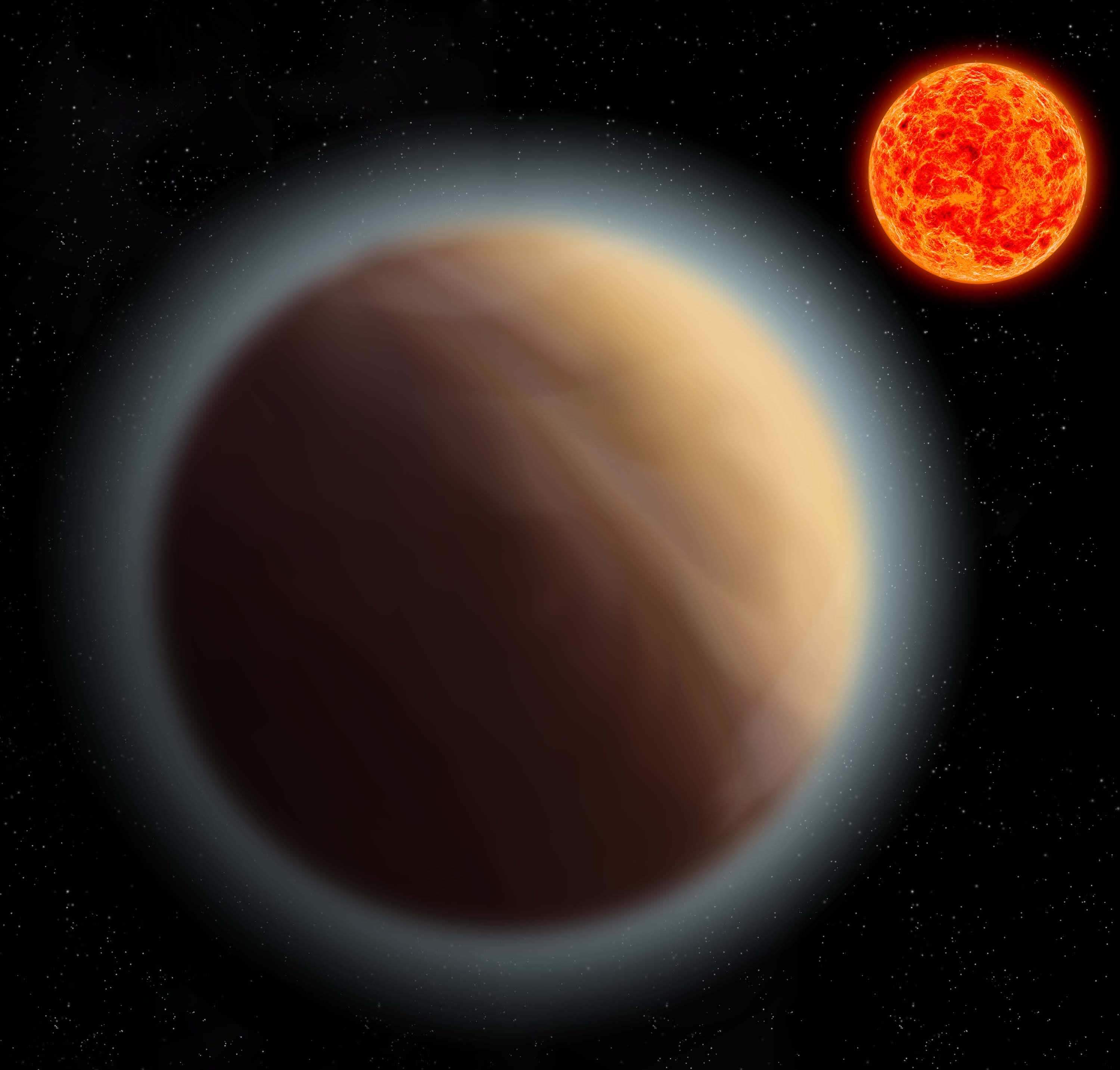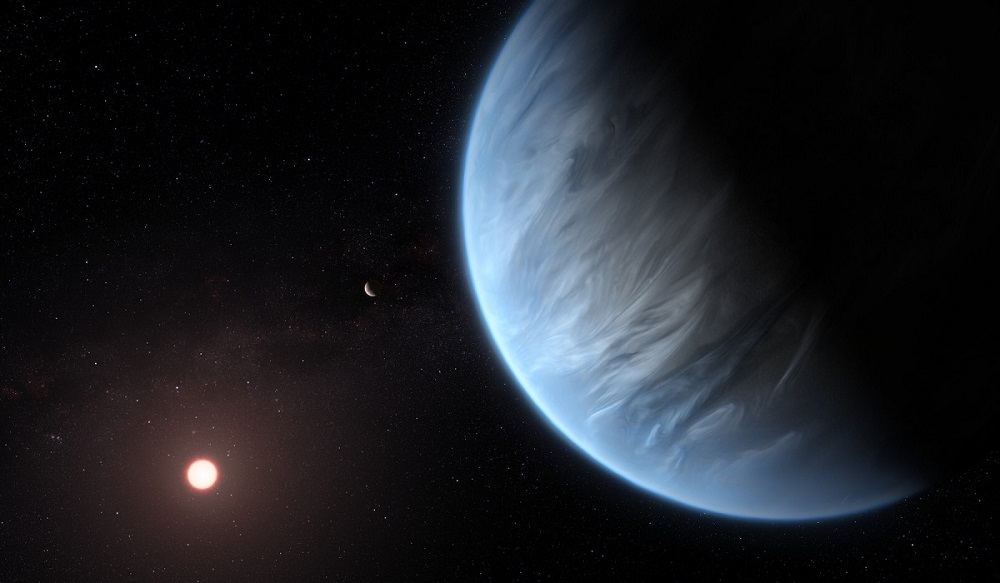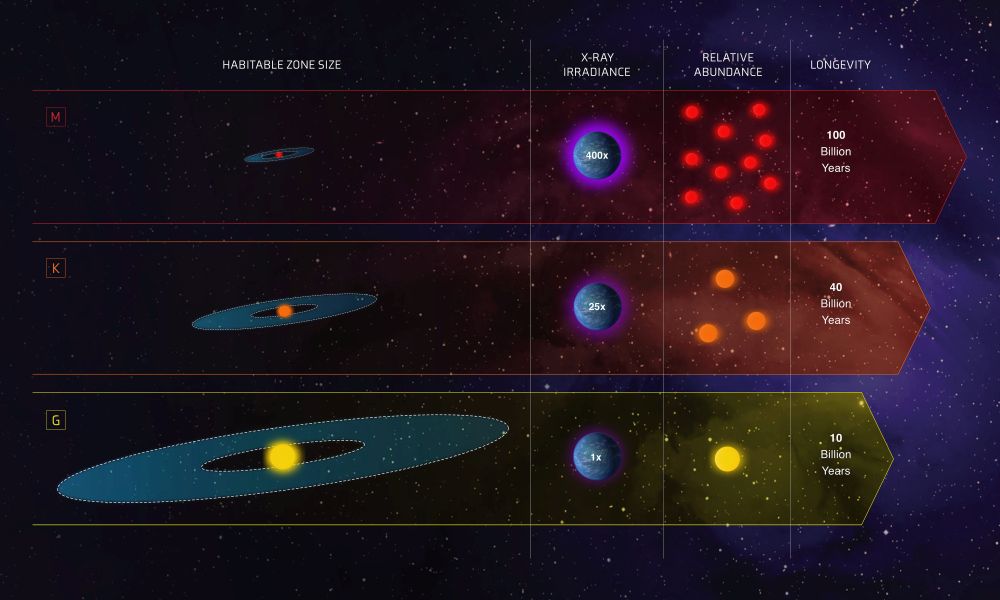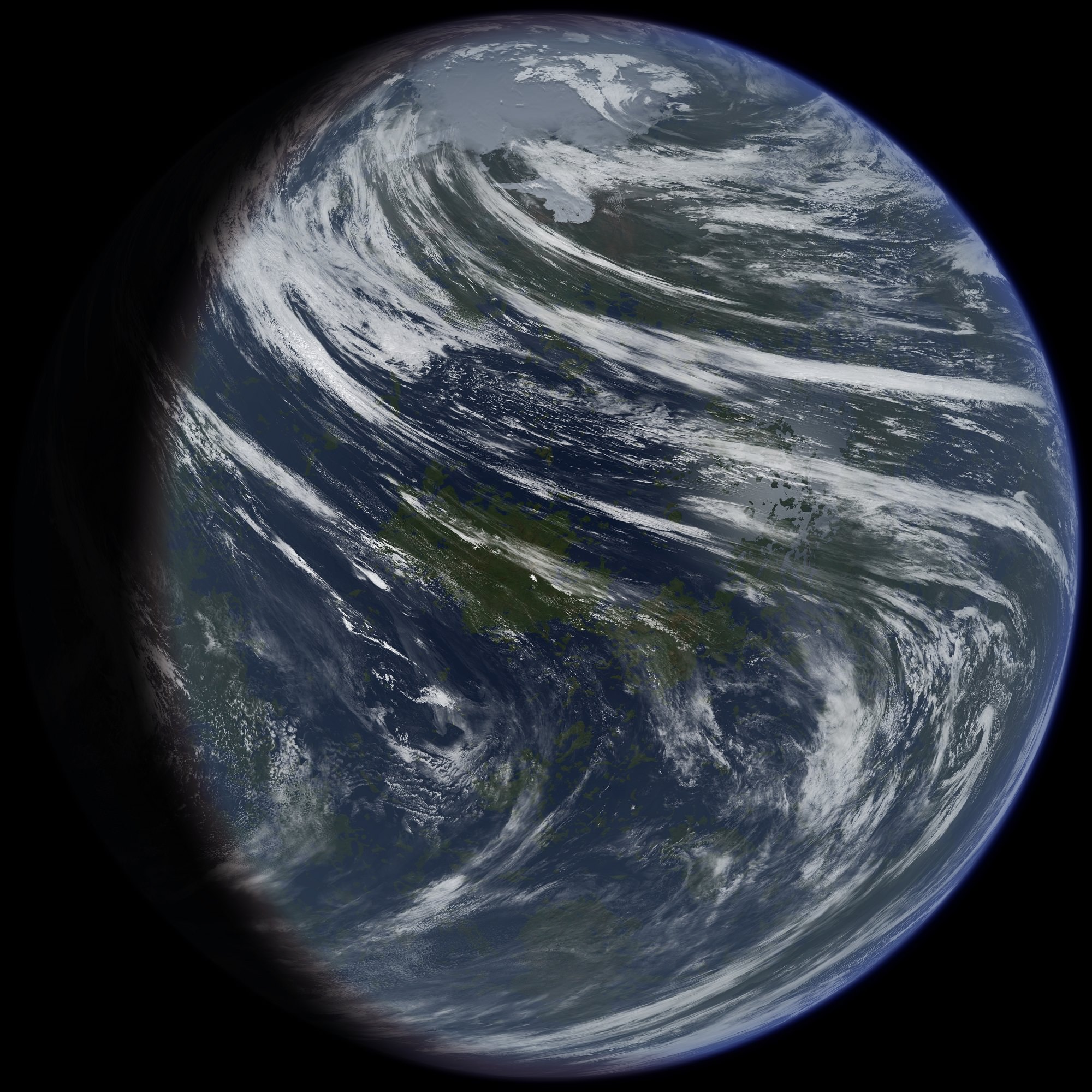We’re waiting patiently for telescopes like the James Webb Space Telescope to see first light, and one of the reasons is its ability to study the atmospheres of exoplanets. The idea is to look for biosignatures: things like oxygen and methane. But a new study says that exoplanets with hydrogen in their atmospheres are a good place to seek out alien life.
Continue reading “Worlds With Hydrogen in Their Atmospheres Could Be the Perfect Place to Search for Life”Worlds With Hydrogen in Their Atmospheres Could Be the Perfect Place to Search for Life










